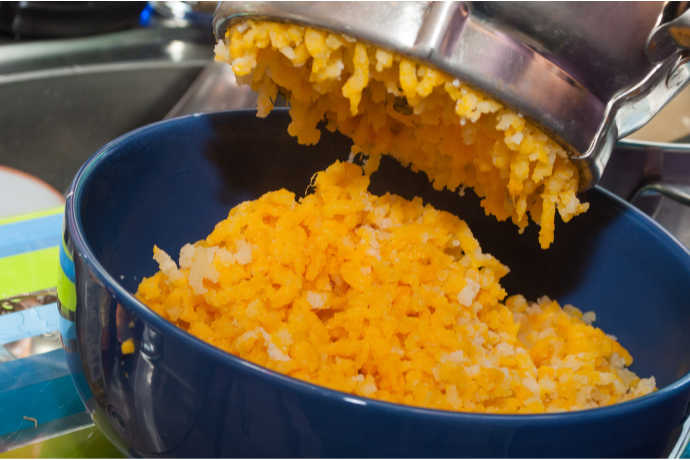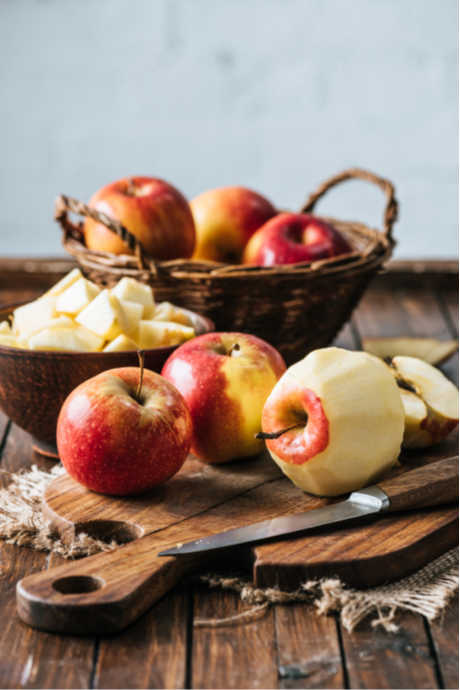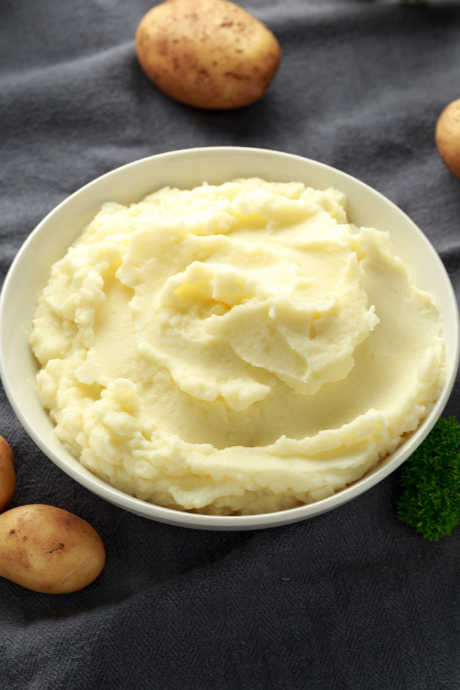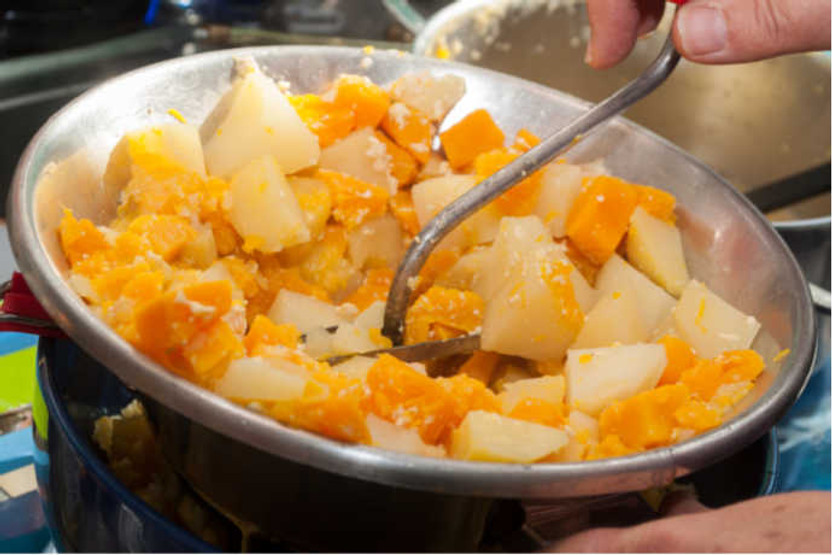Get the Job Done With a Food Mill
Posted by Julie on Sep 9th 2019
Many modern home kitchens feature an array of small appliances and innovative gadgets to make cooking faster and easier. But some classic tools stand the test of time and outperform newer ones. A food mill is one of those items that you’re relieved to have on hand when you need it, because it gets the job done better than any appliance. Learn more about why you might want to devote cupboard space to this old school tool.
What Is a Food Mill, and How Does It Work?
A food mill uses human power to puree food. As you turn the crank, the grinding plate crushes the food against a disk with holes in it. Most food mills have interchangeable disks with small, medium, and large holes. The smaller the holes, the finer the puree. Conversely, larger holes yield a coarser texture. Position the food mill over a bowl to collect the puree as you crank.

6 Reasons to Own a Food Mill
Why bother with a food mill when you can use a food processor, a blender, or a potato ricer? We’ll cover six reasons a food mill could be a better tool, depending on the job.
1. Dishwasher safe
We love our kitchen electrics, but most of them have multiple parts that need to be washed by hand. From food processor blades and containers to blender jugs and lids, these items can’t go in the dishwasher. But food mills can go straight into the dishwasher, which makes cleanup simple. It also makes us more likely to reach for the food mill when it’s right for the job.
2. Easy to remove seeds and skin
A food mill not only produces puree, it also strains out seeds and skin. A food processor or blender can’t do that. It purees the seeds and skin along with the pulp or flesh of fruits and vegetables.

As you crank the food mill, the seeds and skin collect on the surface of the perforated disk. To remove them, simply reverse your cranking direction until they’re at the top of the grinding plate. Dump the debris into the garbage, or better yet, compost it.
3. More control
Food processors and blenders have various speeds and functions that are meant to result in different consistencies. However, operator error can be an issue. On the other hand, a food mill is dependent on human power, which makes it easier to control. You won’t accidentally overprocess your tomatoes, apples, or potatoes. Similarly, the size of the holes in the disk control the consistency of the puree. A coarse disk makes it impossible to end up with a puree that’s finer than you wanted. Plus, the mechanics of a food mill ensure there won’t be any unblended chunks.
4. Less work
Because a food mill strains out seeds and skin, there’s no need to peel or seed them first. Better yet, you’ll likely end up with more puree and less waste by using a food mill. Your food does need to be soft enough to push through the perforated disk, so apples and potatoes must be cooked first. But you don’t need to peel, seed, or core them. Let your food mill do the work instead!
5. Better results
The reason we keep mentioning seeds and skin is that this debris affects the texture of your puree. A food processor or blender whirls the seeds and skin right into the mixture, unless you take the time to peel, seed, and core in advance.

Those tiny bits of seeds and skin can make your puree gritty. Tomato sauce and applesauce are smoother and more flavorful when made with a food mill. Mashed potatoes are fluffier. Hummus and other bean dips are creamier. Berry purees are seedless without a trip through the fine mesh strainer.
6. Costs Less
A food mill is one of the most affordable tools you can add to your kitchen. We carry an RSVP food mill that’s under $40 and comes with three disks for varying textures. While it does require storage space, a food mill isn’t any bulkier than most kitchen electrics, and it’s just as versatile, if not more so.
As we head into canning season, consider a food mill for making sauces and preserves. Fresh tomatoes and peaches are at their peak, and a food mill is an easy way to make their flavor last. Soon there will be an array of apple varieties to turn into applesauce. Finally, it wouldn’t be Thanksgiving without mashed potatoes. A new food mill could help you make your most impressive potatoes yet.

